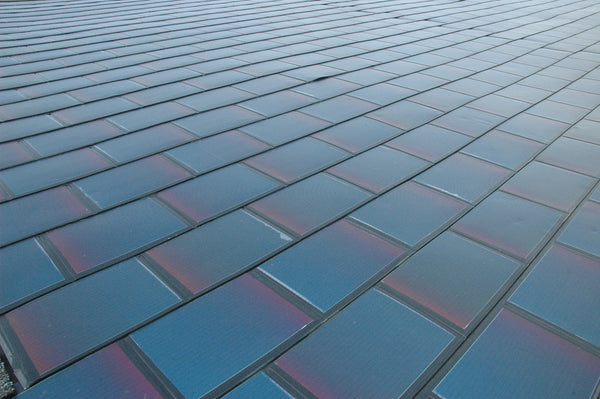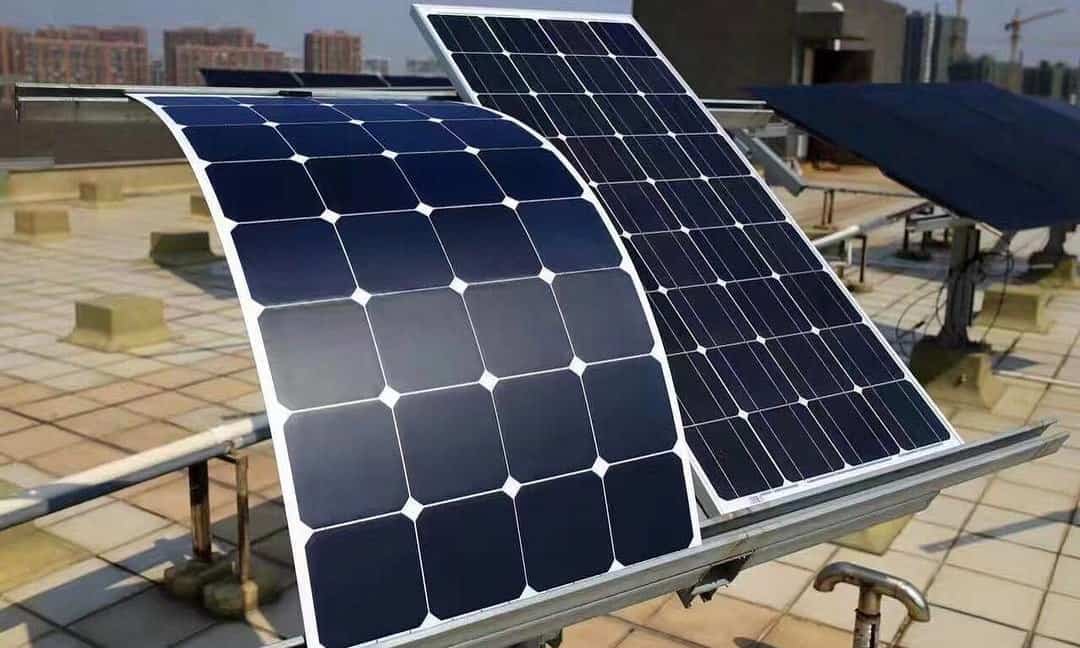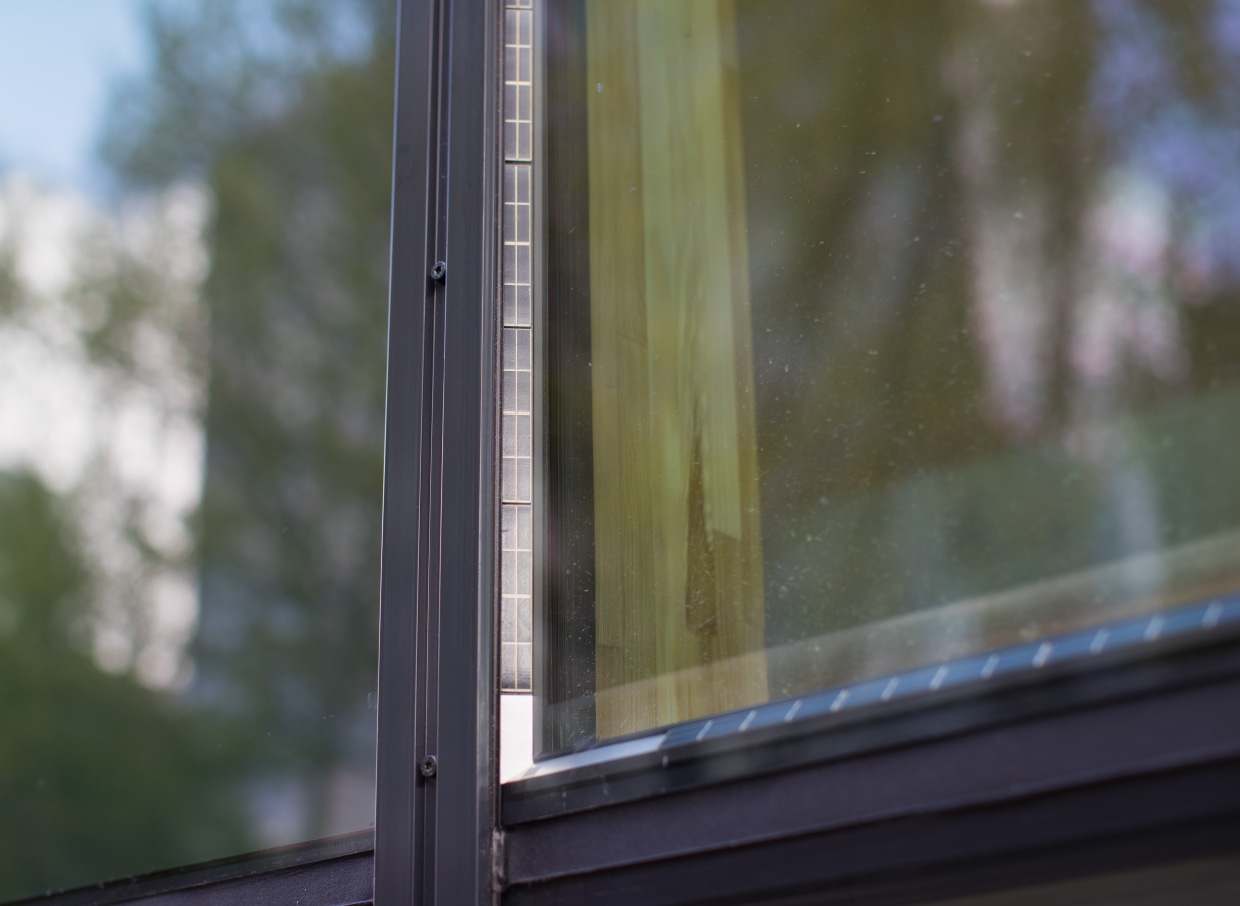Solar Power Blog

Exploring PV Solar Production Beyond the Panel
When you think of solar energy, what is the first thing that comes to mind?
Barring the sun itself, if you’re like most people, you will immediately think of photovoltaic (PV) panels when the idea of solar is introduced.
While there are certainly no incorrect answers here, you may be interested to know that there are many new and interesting ways to generate solar power both now and in the future.
For DIY installations and massive commercial projects alike, renewable energy production is taking many forms in the 2020s, so we’ve developed this guide to keep you up to date with the latest and greatest solar power innovations “beyond the panel.”
Rigid vs Thin Film Solar Panels
While classic PV panels are still viewed as the most durable and efficient solutions for residential and commercial solar power production, “thin-film” technology has been one of the most exciting and widespread new applications for the last few years.
Trading in bulky panels for slim and flexible modules, thin-film solar panels are best suited for recreation vehicles (RVs), DIY installations, and other instances in which heavy equipment would not work well. Today, you can see many thin-film solar panels in use, such as on traffic lights, curved buildings, and even hand-held devices like calculators, lanterns, and other solar gadgets.

Despite their obvious advantages, it is important to remember that thin-film solar cells are less efficient than traditional equipment, and therefore require a larger installation area to produce the same results as higher-power rigid panels.
The Wide World of Building Integrated Photovoltaics (BIPV)
Besides thin-film panels, building integrated photovoltaics (BIPV) is one of the most exciting solar technologies to watch in the 2020s. Full of products that combine real building materials with solar power production, the BIPV market is alive and well and expected to balloon in value by the end of the decade.
Solar Shingles
By and large, the most widely known BIPV technology in use and development today is solar roofing, also known as “solar shingles.”
Appearing as ordinary roofing tiles while harnessing the sun’s power to generate electricity, solar shingles are the perfect solution to many common solar objections such as panel aesthetics or possible roof damage. With solar shingles, homeowners can maintain a traditional roofing appearance and “kill two birds with one stone” by upgrading multiple parts of their property at once.
While there are some major drawbacks to solar shingles (such as complicated installations and delayed project timelines), the technology is very promising with large amounts of consumer interest so far, primarily sparked by Tesla's Solar Roof.

Solar Siding
Moving down from the rooftop, solar siding might be the next “big thing” in BIPV technology. Working in very much the same way as solar shingles, PV siding can simultaneously insulate a building while generating renewable energy onsite.
Although you may be picturing a home covered in solar panels (like the Philadelphia Eagles football stadium), leading solar siding companies are developing products that look no different than your average building materials.
To match the unique aesthetics of different homes, a company named “Mitrex” offers customizable home facing in a variety of colors and patterns simulating textures like stucco, brick, and more.
Solar Windows & Skylights
Lastly, solar windows and skylights come in many shapes, sizes, and technologies, all of which have an enormous amount of potential to redefine modern green buildings.
While there are yet to be any commercially available solar windows on the open market, sustainable building projects around the world have already begun to incorporate solar windows in a variety of ways.

To give you an idea of the different technologies at play, some “solar windows” refract sunlight to the edges of their frame, which is lined with tiny power-generating solar panels.

In other installations, “photovoltaic glass” is made of transparent solar cells which generate electricity in a way that is practically hidden in plain sight.
Either way, solar windows are an exciting, dually functioning invention that many green builders are interested in exploring.
Conclusion: It’s a solar-powered world.
In summary, the future of solar energy is about much more than plain old solar panels. With thin-film technology and building-integrated photovoltaics, it is now becoming easier to see (and not see) solar energy being produced everywhere you go.
Want to explore ways to power your life with solar energy?
Check out all of our interesting sun-powered products in the Solar Us Shop.
